Search
Products tagged with '2022 conference papers'
View as
Sort by
Display
per page
The Evaluation Of Corrosion Behavior Of Austenitic Stainless Steels And Ni-Based Alloys In Molten Salts Under Isothermal And Thermal Cycling For Condition Concentrated Solar Power Plants
Product Number:
51322-17529-SG
Publication Date:
2022
$20.00
The History Of Hydrogen Induced Stress Cracking (HISC) Failures Of Duplex & Super Duplex Stainless Steels (DSS/ SDSS) Due To Cathodic Charging And The Potential For Improvement In HISC Resistance
Product Number:
51322-18070-SG
Publication Date:
2022
$20.00
The Influence Of Applied Extension Rate And Specimen Geometry On Assessment Of SSC Resistance By Novel NTSSRT Method
Product Number:
51322-17624-SG
Publication Date:
2022
$20.00
The Influence Of Oxygen On Protective Iron Carbonate Scales Formed On Carbon Steel In CO2 Environments At Near-Neutral Ph
Product Number:
51322-17899-SG
Publication Date:
2022
$20.00
The Long Term Effects Of Surface Preparation: Evaluating ISO 12944 In Offshore Coating Application With Waterjetting And Cleaning Additive
Product Number:
51322-18021-SG
Publication Date:
2022
$20.00
The Need For Independent 3Rd Party Coatings Inspectors On All Industrial Coatings Projects
Product Number:
51322-18101-SG
Publication Date:
2022
$20.00
The NEPCOAT Story- Bridge Paint Selection In The North East
Product Number:
51322-17834-SG
Publication Date:
2022
$20.00
The Performance Of HPHT Corrosion Inhibitor At Offshore Downhole Sour Conditions
Product Number:
51322-17752-SG
Publication Date:
2022
$20.00
The Susceptibility Of Spheroidal Graphite Cast Iron To Hydrogen Induced Stress Cracking
Product Number:
51322-17796-SG
Publication Date:
2022
$20.00
The Virtual Corrosion Engineer For Soil Side Corrosion Prediction And Cathodic Protection Status Monitoring
Product Number:
51322-17677-SG
Publication Date:
2022
$20.00
Thinning Of Inlet Piping To Reactor Effluent Air Condenser [REAC] Of Gas Oil Hydrotreating Unit - Case Study
Product Number:
51322-18007-SG
Publication Date:
2022
$20.00


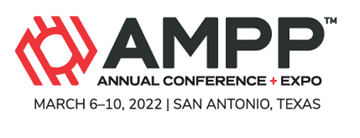
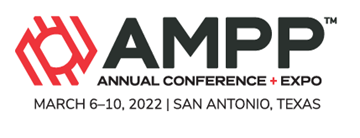
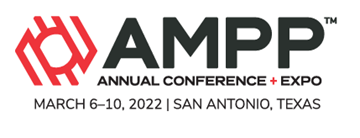
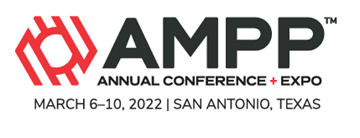
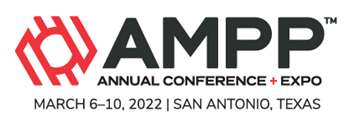
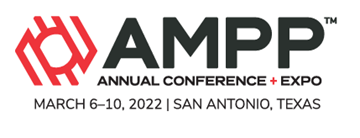
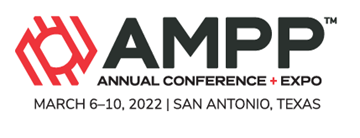
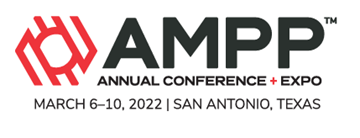

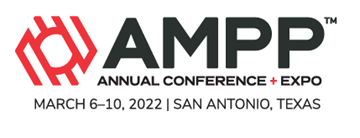
![Thinning of Inlet Piping to Reactor Effluent Air Condenser [REAC] Of Gas Oil Hydrotreating Unit - Case Study Thinning of Inlet Piping to Reactor Effluent Air Condenser [REAC] Of Gas Oil Hydrotreating Unit - Case Study](https://nacestoreimages.blob.core.windows.net/images-thumbs/0088973_thinning-of-inlet-piping-to-reactor-effluent-air-condenser-reac-of-gas-oil-hydrotreating-unit-case-s_360.png)